These 19 Dishes Around the World Are an Acquired Taste – Have You Tried Any?
Ever been served something that made you wonder if someone was playing a culinary prank? While most global cuisines ease visitors in gently, some traditional dishes seem designed to test human courage.
What drives cultures to embrace foods that others find challenging, and why do locals swear by dishes that tourists swear about? In an age of global food fusion and Instagram-worthy plates, these distinctive dishes remind us that one culture’s delicacy is another’s dare.
Here are twenty remarkable foods that challenge our culinary comfort zones.
Hákarl, Iceland
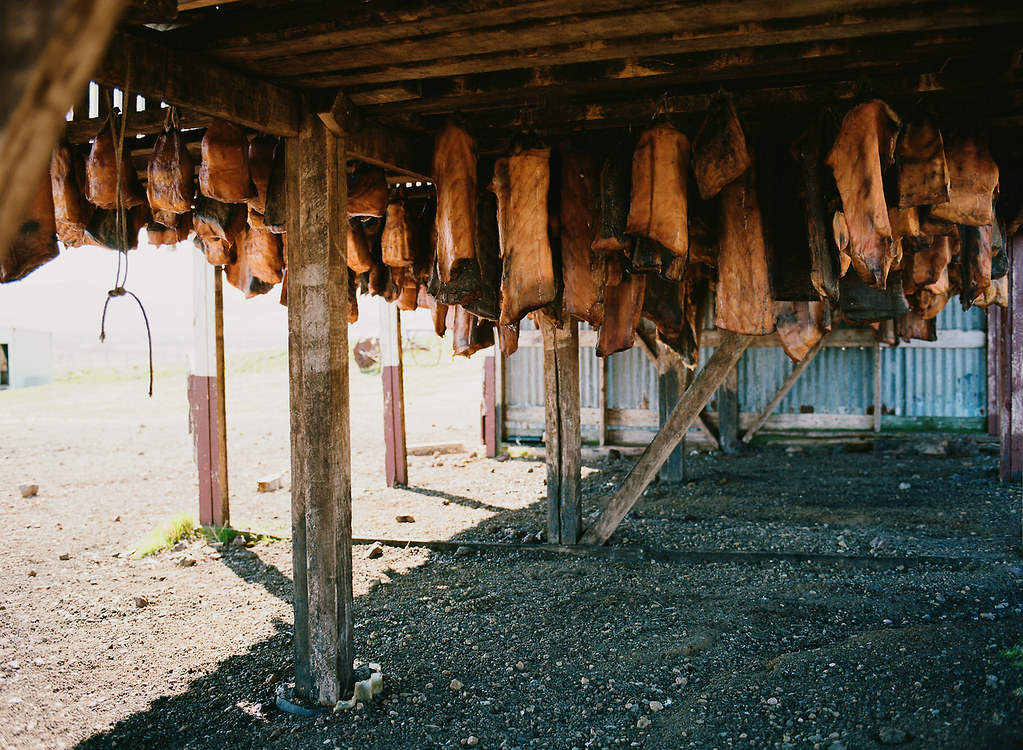
Fermented shark meat that smells like a swimming pool cleaning closet. Icelanders cure this Arctic shark in the ground for months until it develops a powerful ammonia scent.
First-timers often say it tastes like cheese that has been marinated in bleach. Local tip: do not breathe through your nose while eating.
Casu Marzu, Sardinia
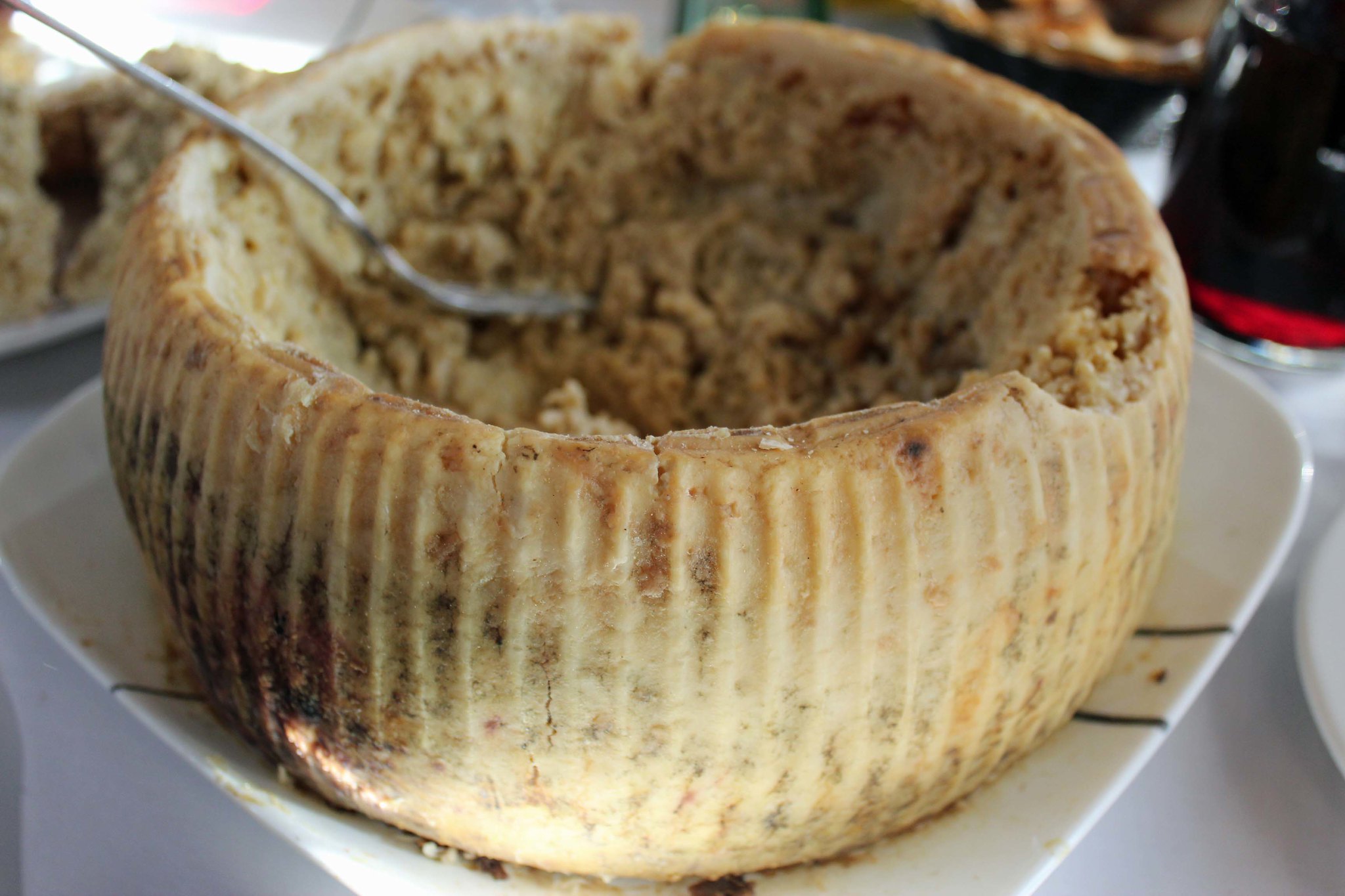
Live cheese maggots are not typically on most people’s pizza toppings list, but this Sardinian sheep milk cheese comes with built-in movement. The larvae help create the cheese’s creamy texture, though diners should be prepared for the occasional escape attempt.
Local cheese shops offer hazard pay to their workers.
Like Go2Tutors’s content? Follow us on MSN.
Balut, Philippines
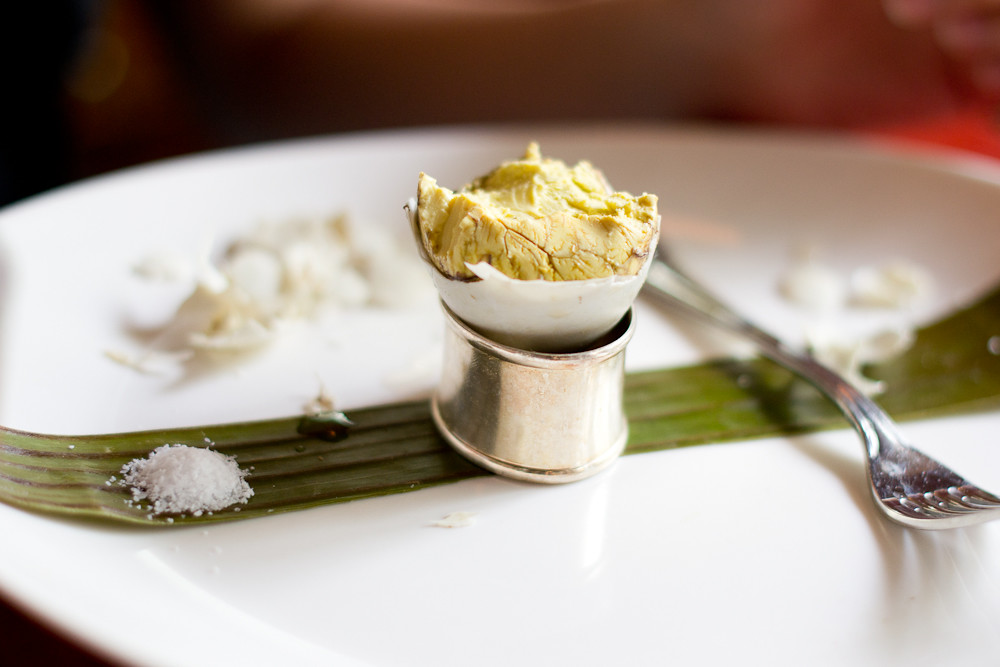
A fertilized duck egg containing a partially developed embryo is served straight from the shell. Street vendors sell them as snacks, complete with tiny feathers and beaks.
Locals say the best ones come with a satisfying crunch. Tourists often need a pep talk before their first bite.
Surströmming, Sweden
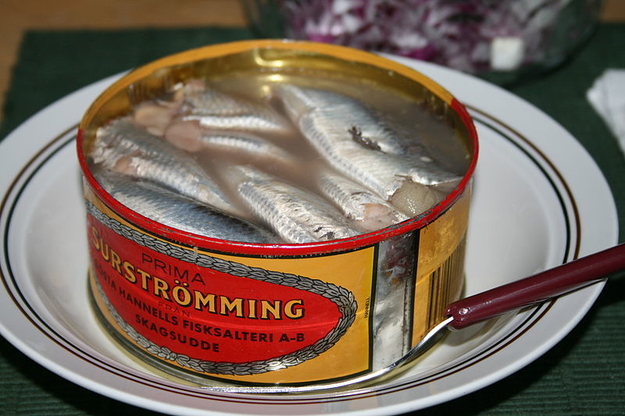
Fermented herring that is so pungent that some apartment buildings ban it. Opening a can indoors is considered a passive-aggressive act by Swedish neighbors.
The smell has been compared to biological warfare, though locals insist it tastes better than it smells. That’s not saying much.
Century Eggs, China
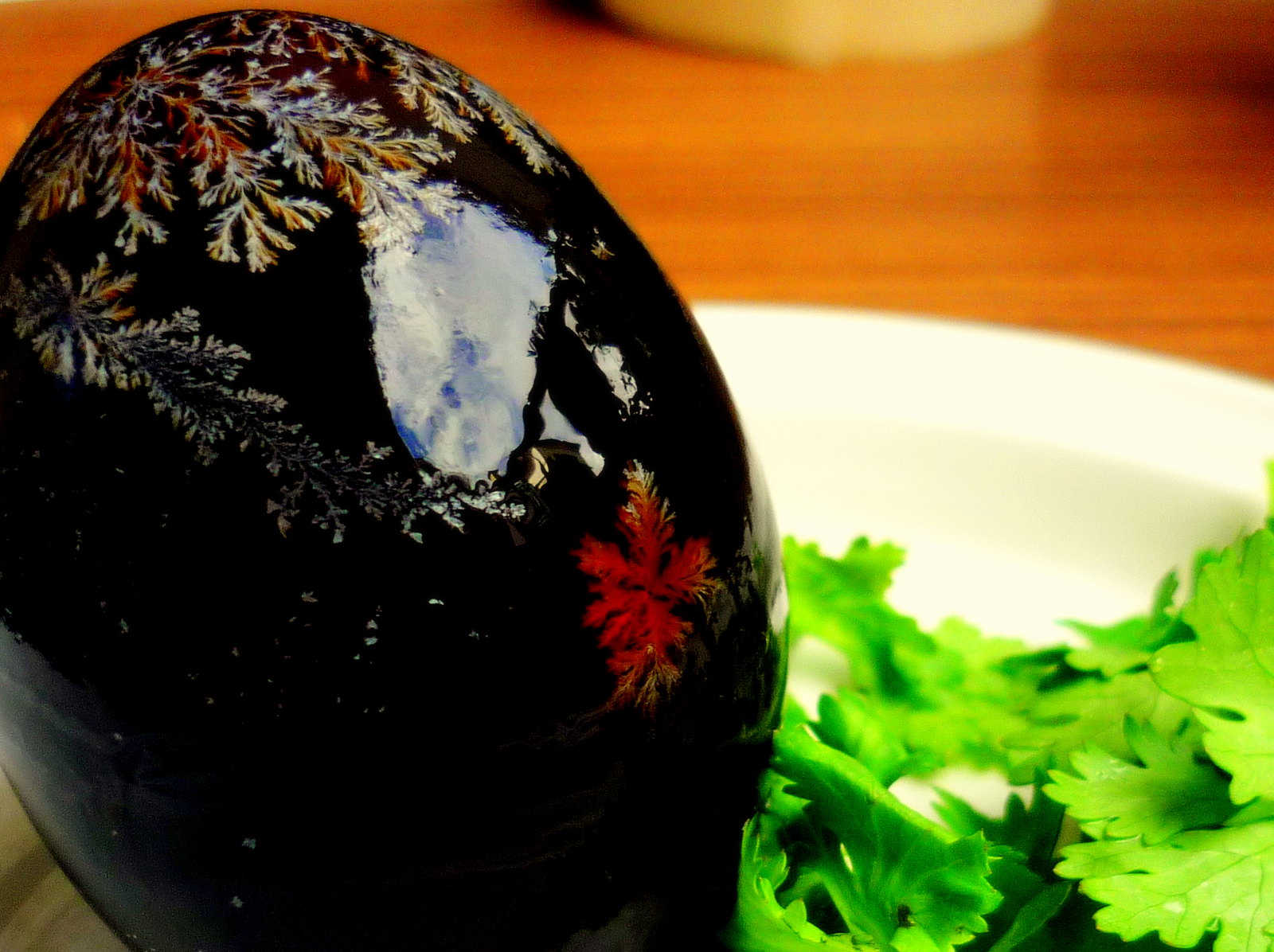
These are preserved eggs that turn black and gelatinous after months of aging in clay, ash, and quicklime. The white becomes a translucent dark brown jelly, while the yolk turns green-gray.
Local vendors often have to reassure customers that, no, the eggs have not gone bad – they’re supposed to look like that.
Like Go2Tutors’s content? Follow us on MSN.
Fugu, Japan
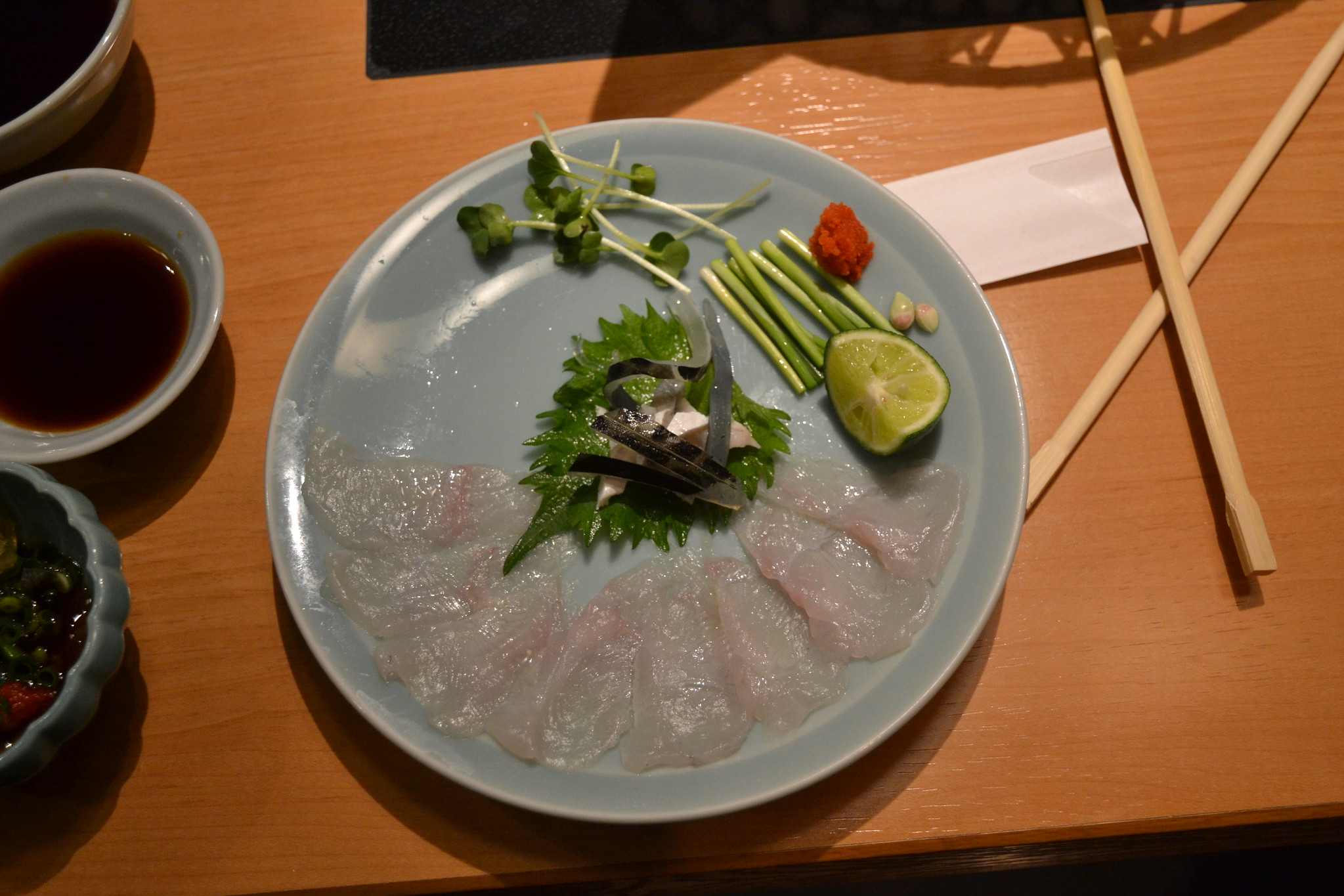
This pufferfish is so potentially lethal that chefs need special licenses to prepare it. One wrong cut and dinner becomes your last meal.
Japanese restaurants serving fugu have emergency rooms on speed dial, just in case. Chefs train longer to cut this fish than some doctors study medicine.
Durian, Southeast Asia
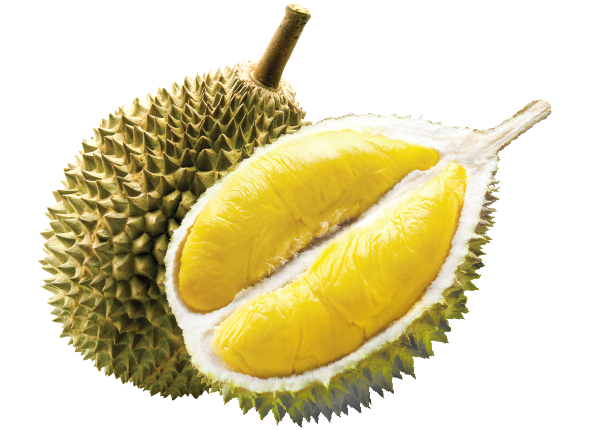
The “King of Fruits” is so aromatic that it is banned from public transportation and hotels. Its smell has been likened to gym socks marinated in gasoline, though fans praise its custard-like texture.
Building security guards have developed a sixth sense for smuggled durians.
Kiviak, Greenland
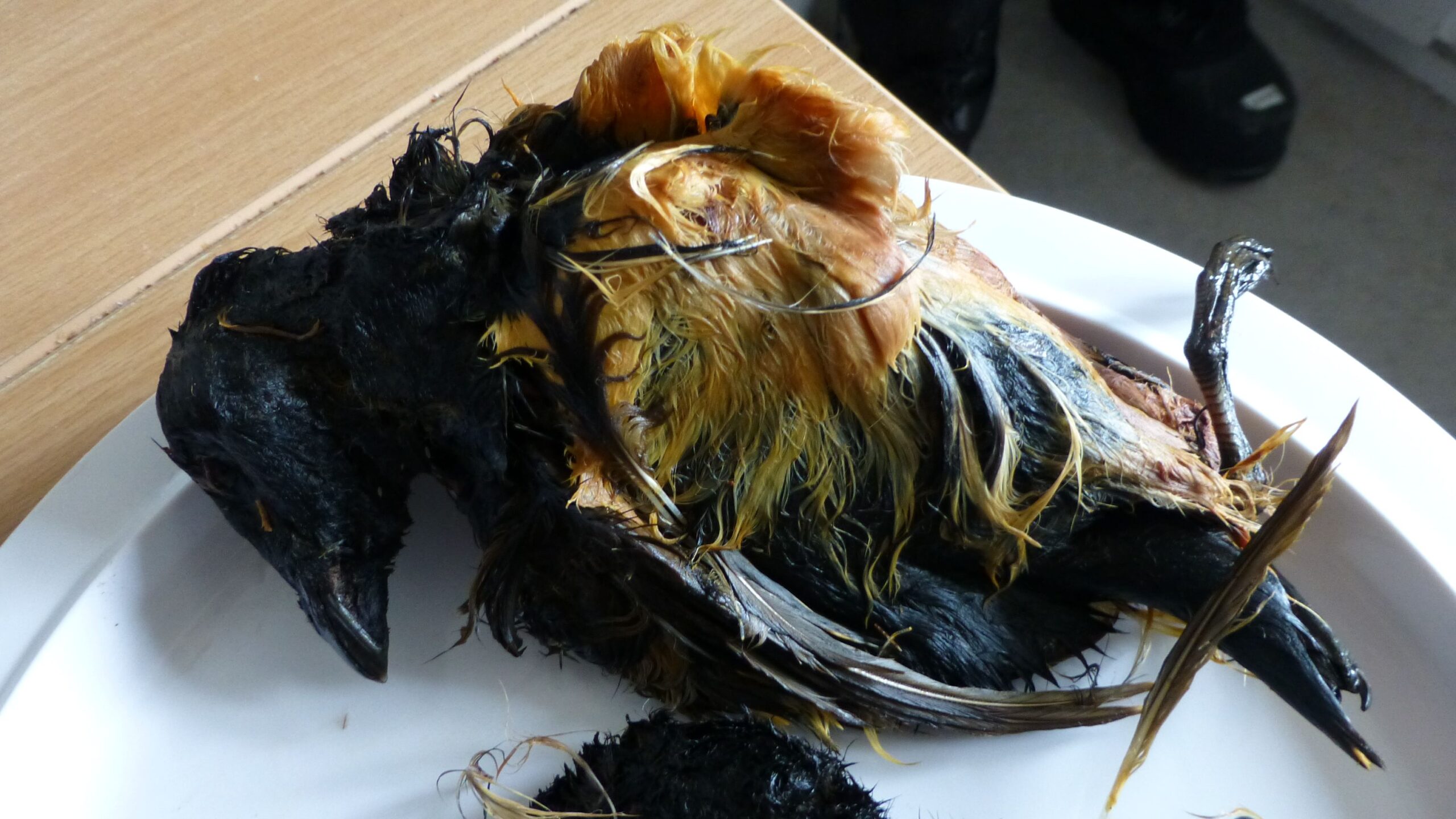
Hundreds of small birds are fermented inside a seal skin for months until they reach peak ripeness. Think of it as nature’s turducken gone extreme.
Local celebrations aren’t complete without this pungent delicacy. Winter survival sometimes depends on not asking what’s for dinner.
Like Go2Tutors’s content? Follow us on MSN.
Shirako, Japan
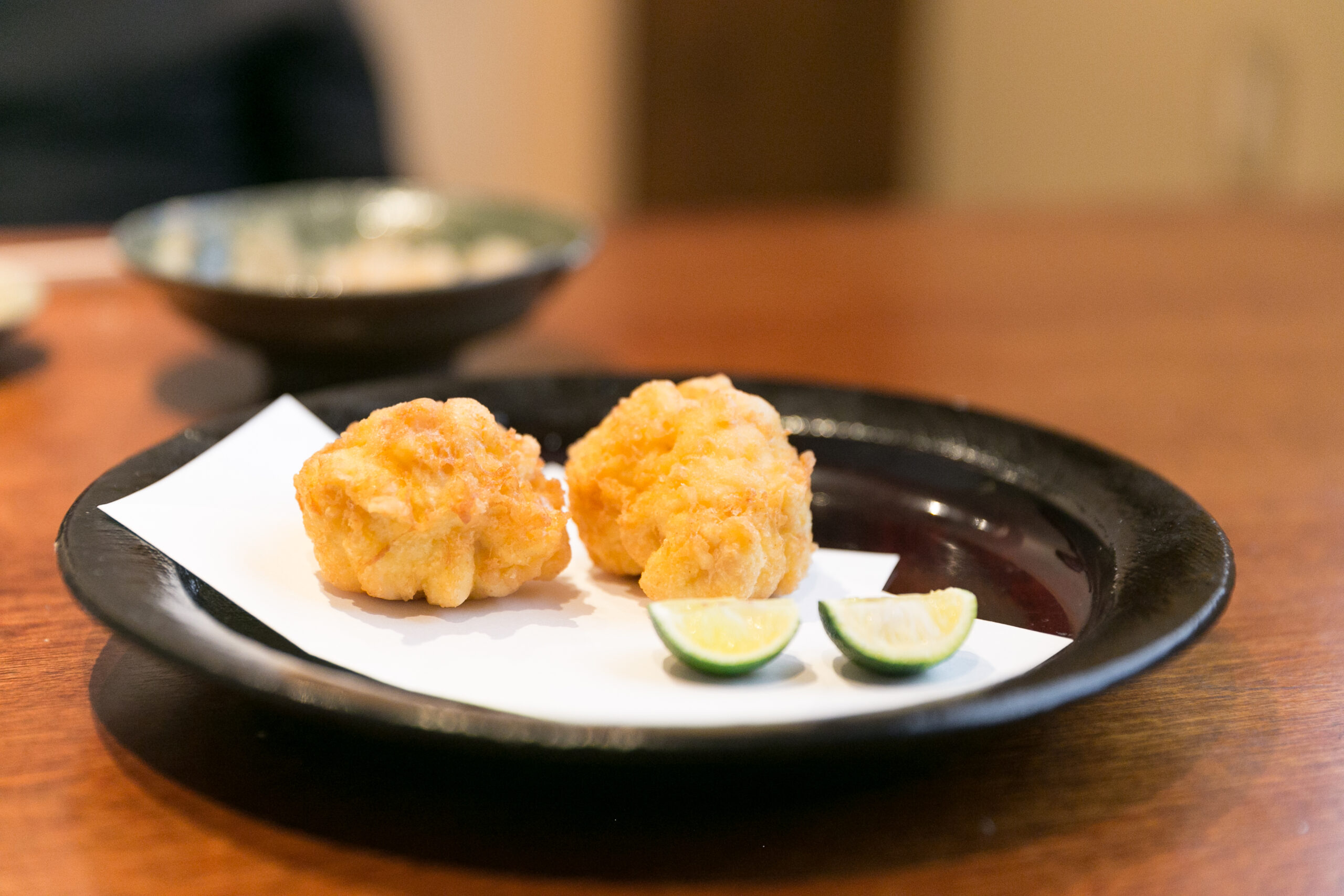
Cod sperm sacs are served raw or cooked. These creamy white organs are considered a delicacy, though their identity is often tactfully described as “milt” to squeamish diners.
Sushi chefs enjoy watching tourists’ faces when they learn what they have just enjoyed.
Haggis, Scotland
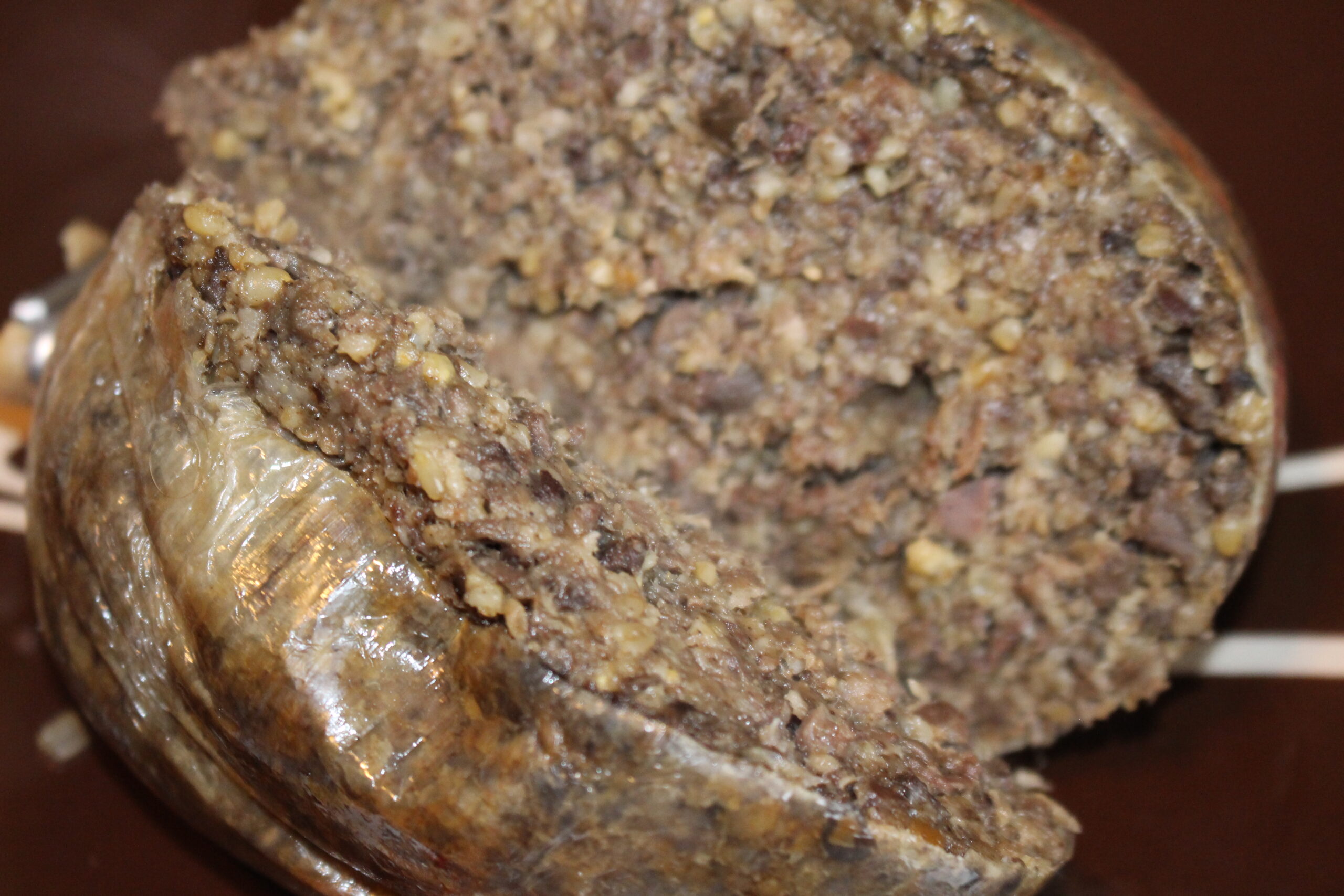
Sheep organs are minced with oatmeal and spices and then stuffed into a sheep’s stomach. While banned in some countries, Scots celebrate it with poetry and whisky.
Local butchers say the recipe was invented by someone hungry.
Stinky Tofu, Taiwan

Fermented tofu that can be smelled from blocks away. Noses rather than GPS often locate street vendors.
The smell has been compared to athletic equipment left in a hot car, though devotees claim it tastes like strong cheese. Tourist guides often include warning sections about following your nose.
Like Go2Tutors’s content? Follow us on MSN.
Lutefisk, Norway
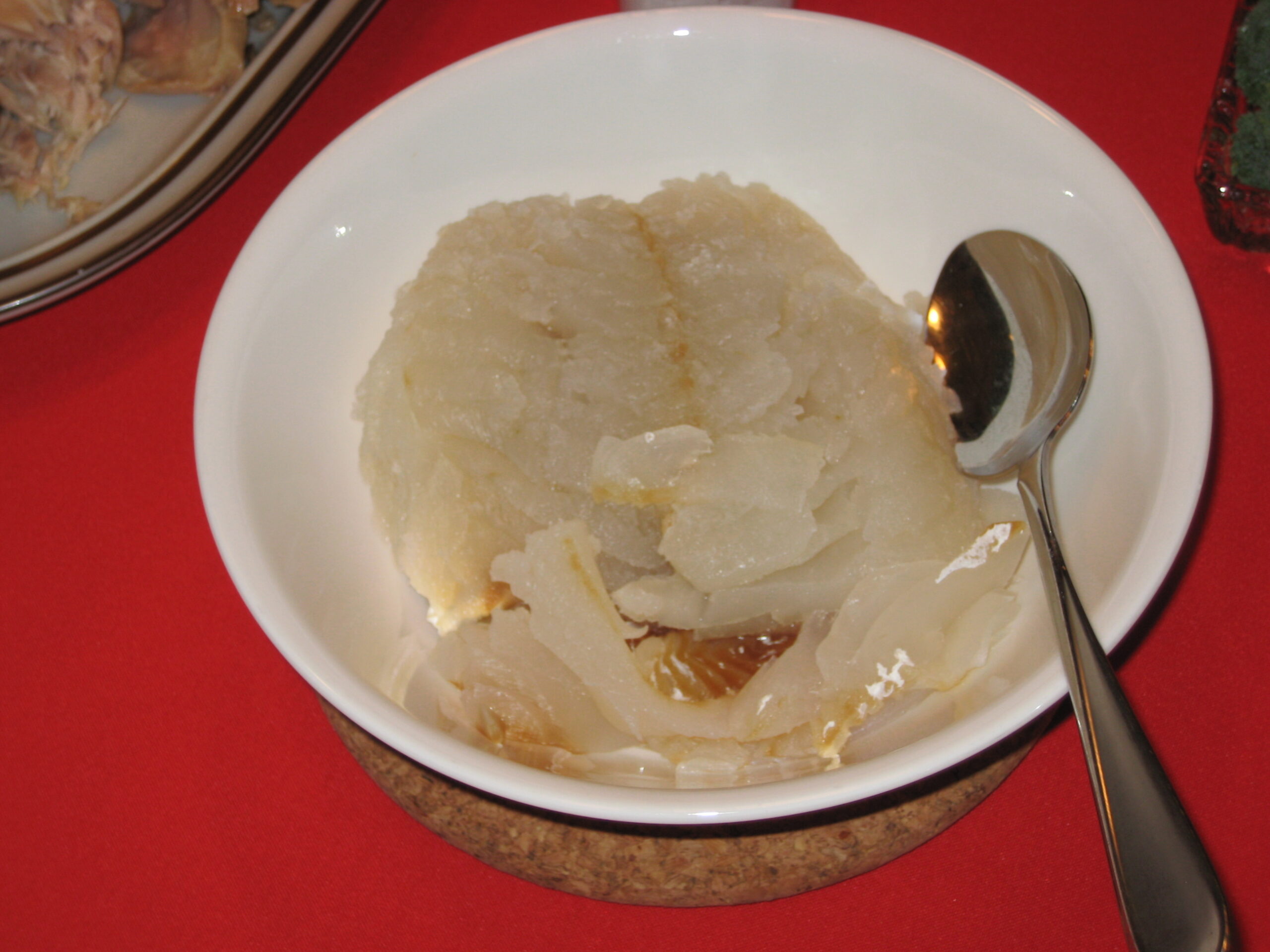
Dried whitefish are treated with lye until they achieve a jelly-like consistency. It’s a Christmas tradition that even many Norwegians admit they only eat once a year.
Local churches have special lutefisk dinners where the smell lingers for some time.
Nattō, Japan
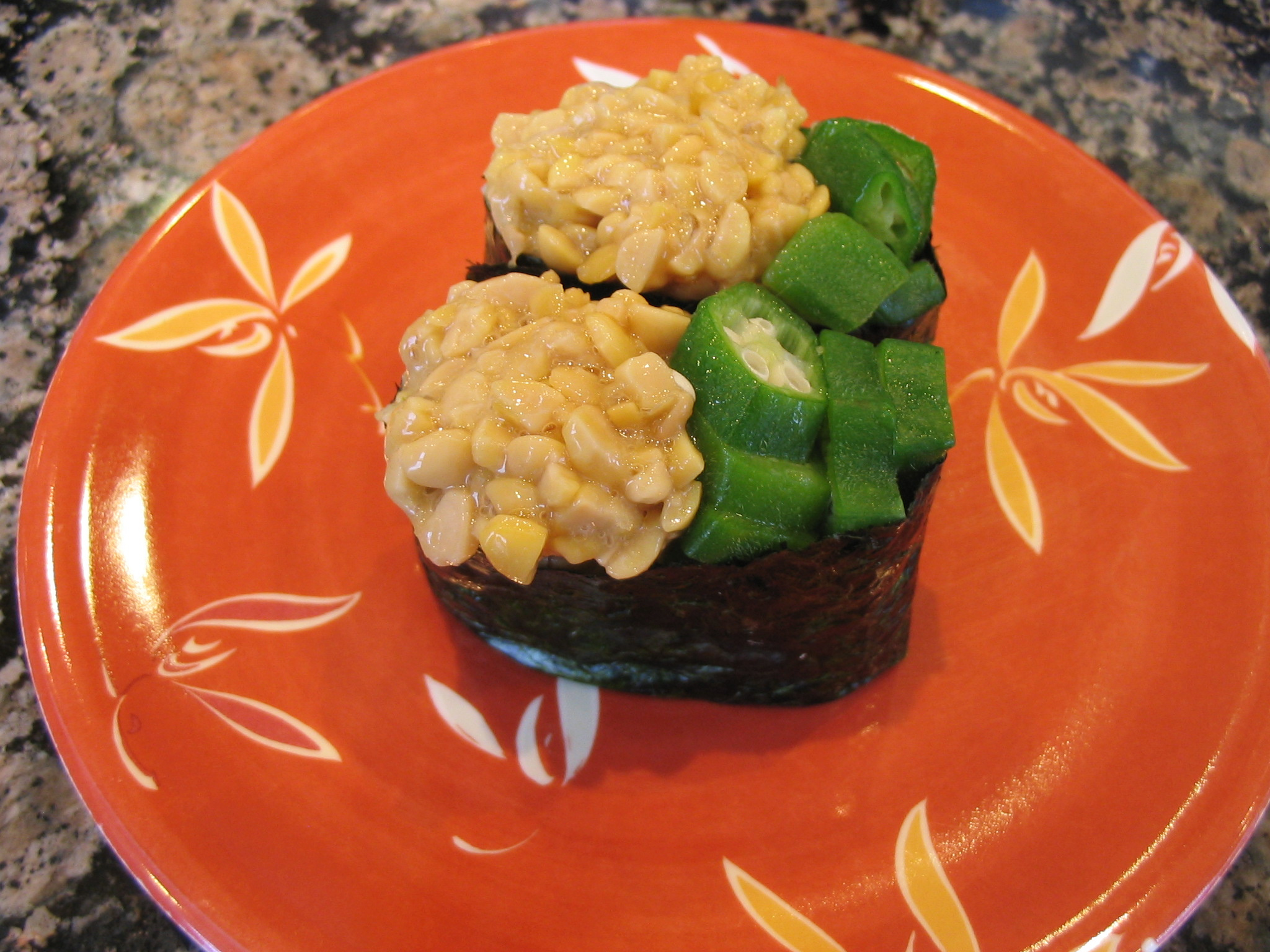
Fermented soybeans have a sticky, stringy texture and powerful smell. The strings can stretch longer than your arm, making elegant eating impossible.
Japanese breakfast TV shows often feature foreigners trying it for the first time, with predictable results.
Snake Wine, Vietnam
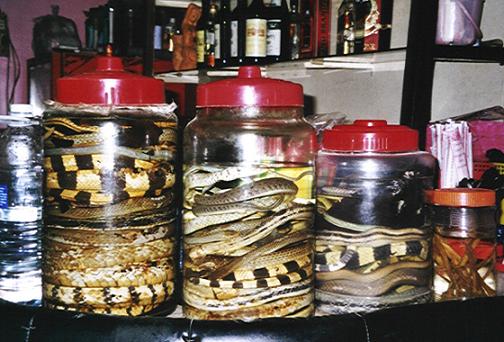
Whole venomous snakes preserved in rice wine are believed to increase virility. The alcohol neutralizes the venom, though the sight of a cobra in your drink might require liquid courage of another kind.
Bartenders promise the snake won’t swim back out.
Like Go2Tutors’s content? Follow us on MSN.
Beondegi, South Korea
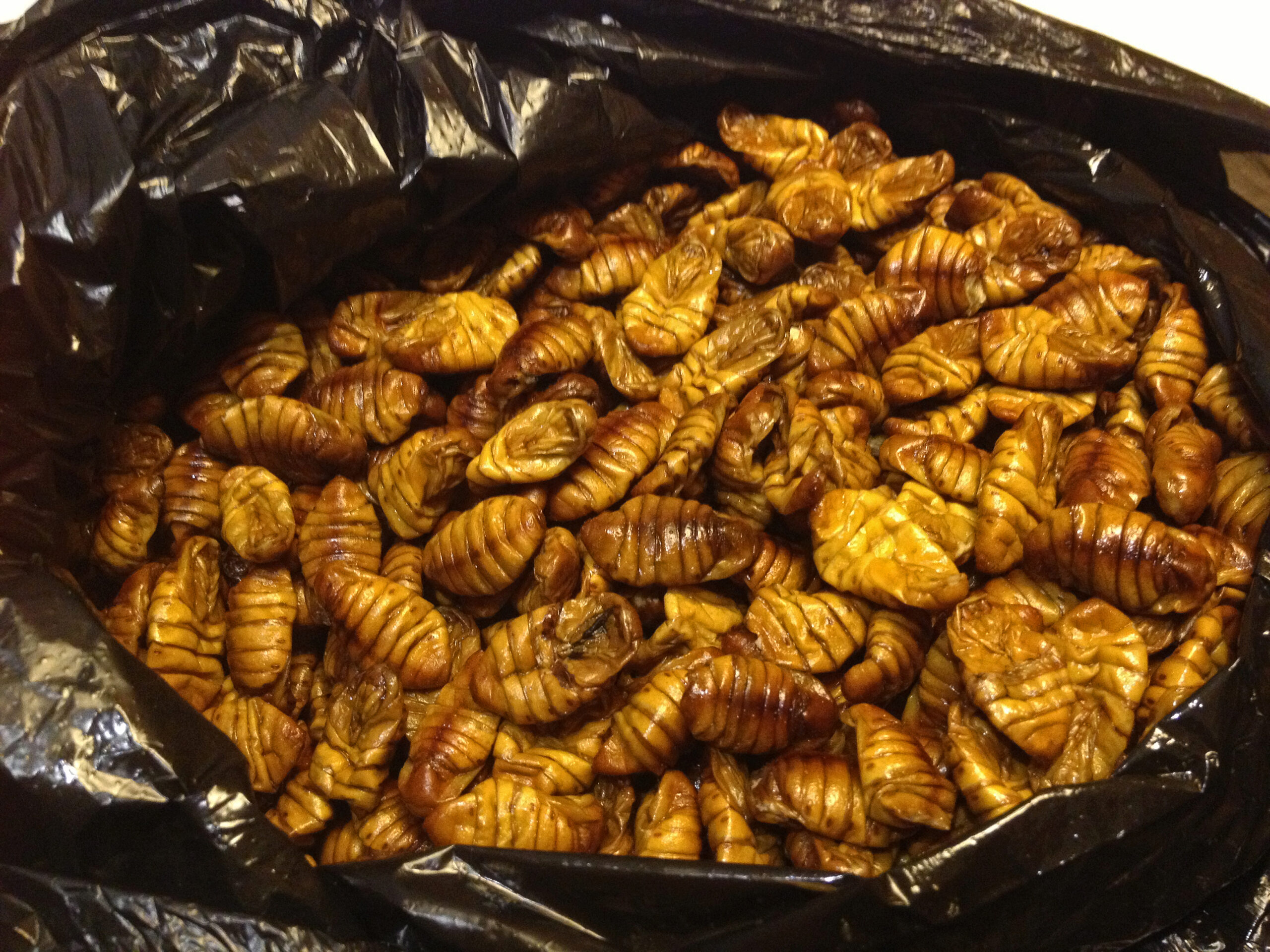
Steamed or boiled silkworm pupae are served as street food. The aroma has been compared to wet cardboard with notes of dirt.
Street vendors often have regular customers who claim it’s an acquired taste they never quite acquired.
Vegemite, Australia
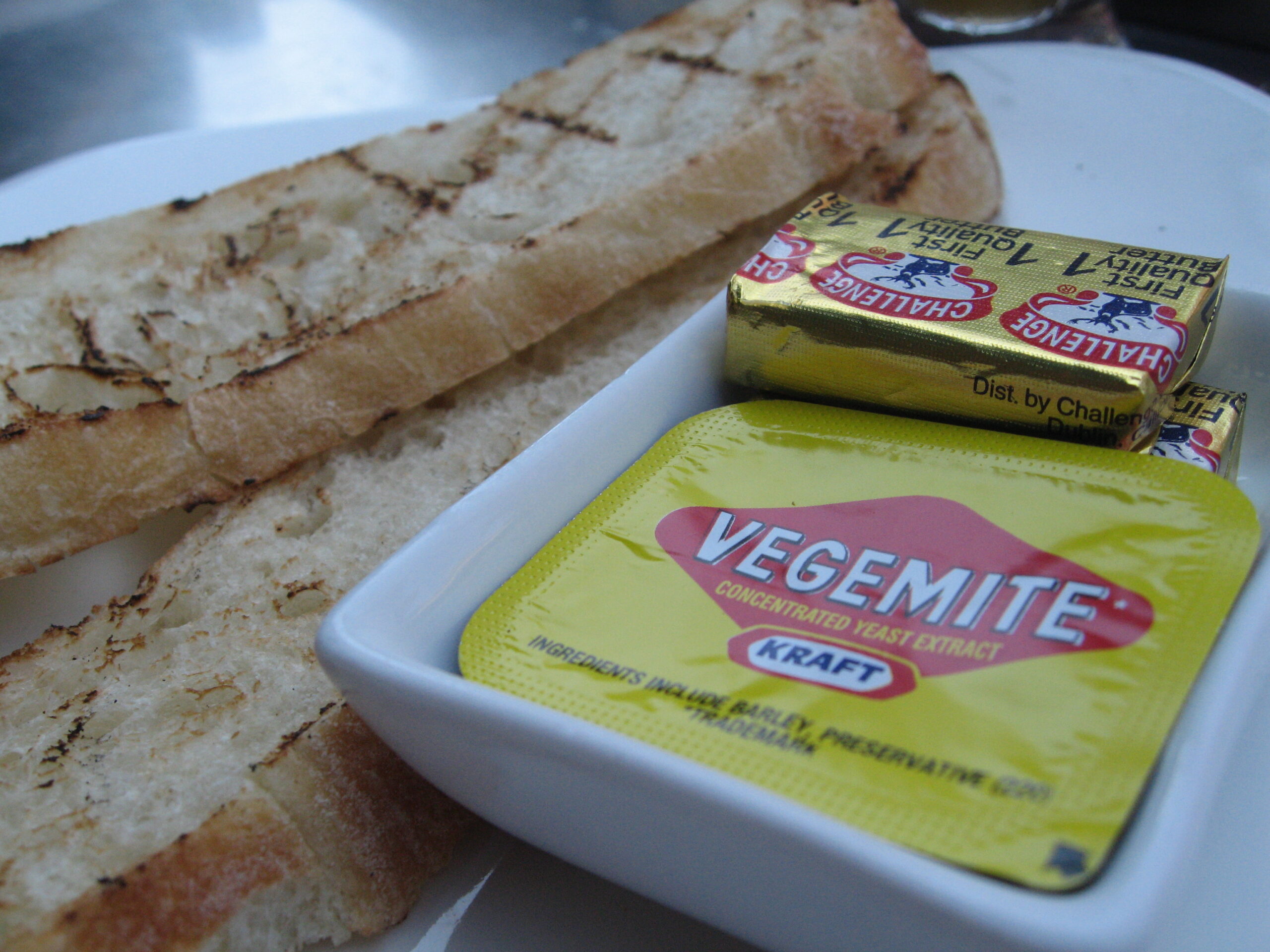
This is a dark brown paste made from leftover brewers’ yeast extract. Australians spread it thinly on toast, while tourists often mistake it for chocolate spread and apply it liberally.
It’s a popular food in Australia, although tourists may turn their nose up at it.
Hális, Greenland
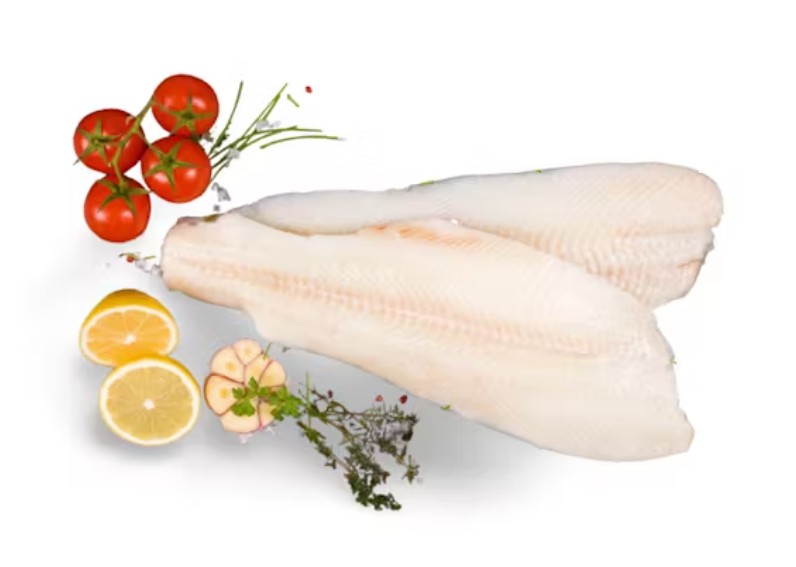
The seal flipper is fermented under a rock until autumn. The process creates a unique aroma that announces itself well before dinner.
Arctic survival guides reportedly include sections on polite ways to decline second helpings.
Like Go2Tutors’s content? Follow us on MSN.
Pierg, Mongolia
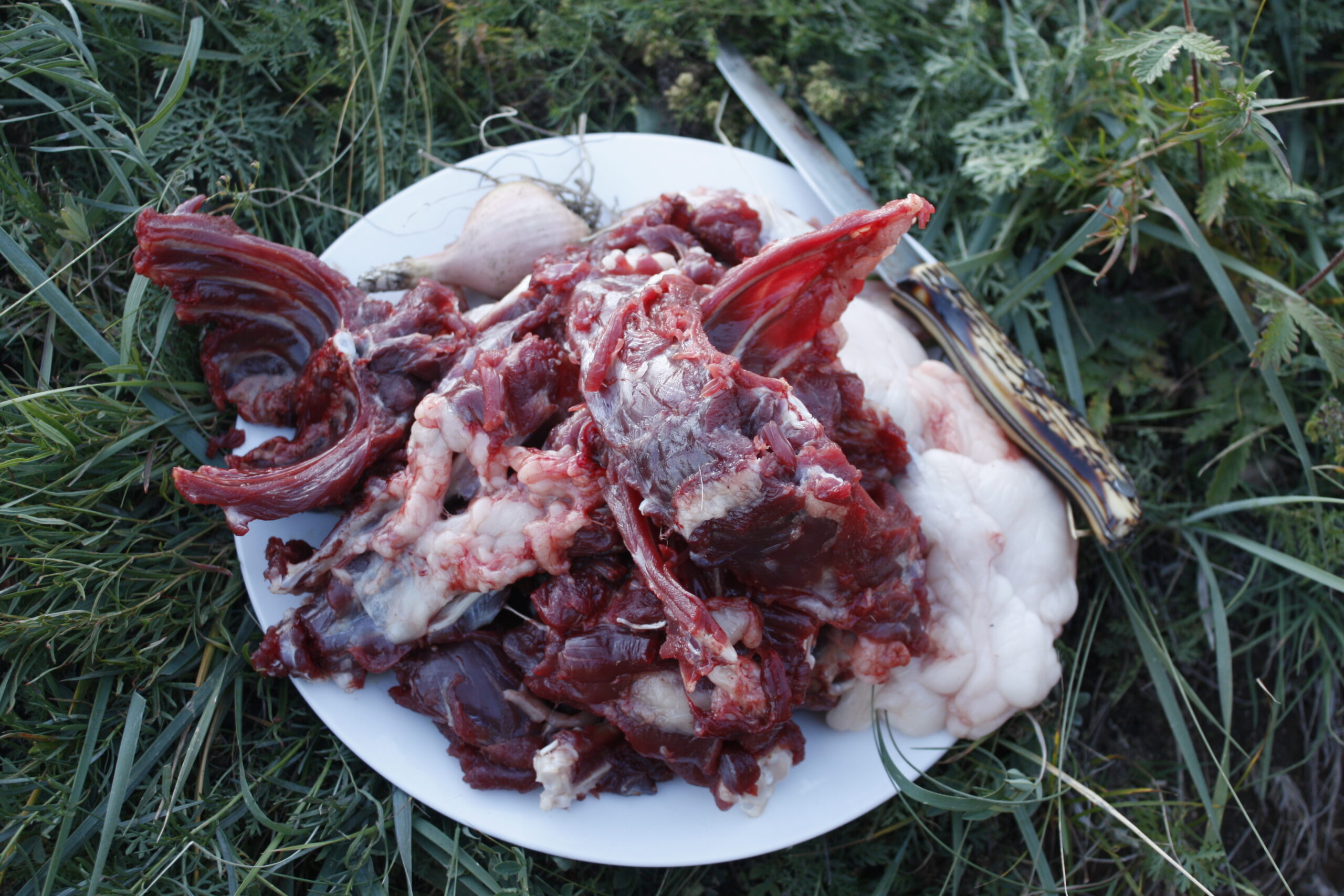
Marmot meat is cooked with hot stones inside the animal’s cavity. Traditional preparation includes detailed knowledge of local marmot populations.
Mongolian hospitality requires guests to at least pretend to enjoy it.
Escamoles, Mexico
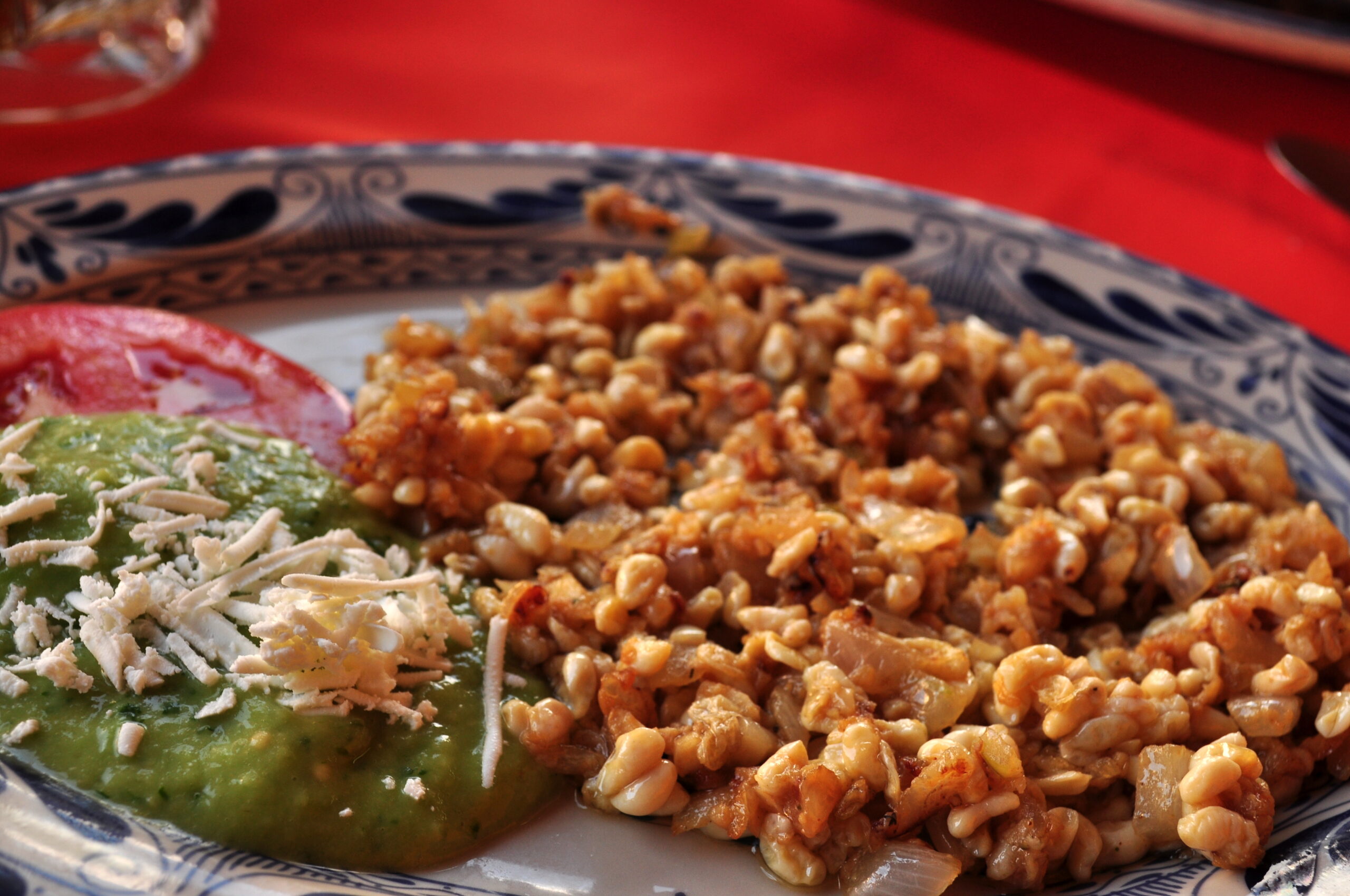
Ant larvae are harvested from agave roots, often called “insect caviar.” They have a nutty, buttery taste when sautéed, though their appearance can be challenging for the uninitiated.
Local chefs often serve them without explanation until after the meal.
Culinary Courage Required
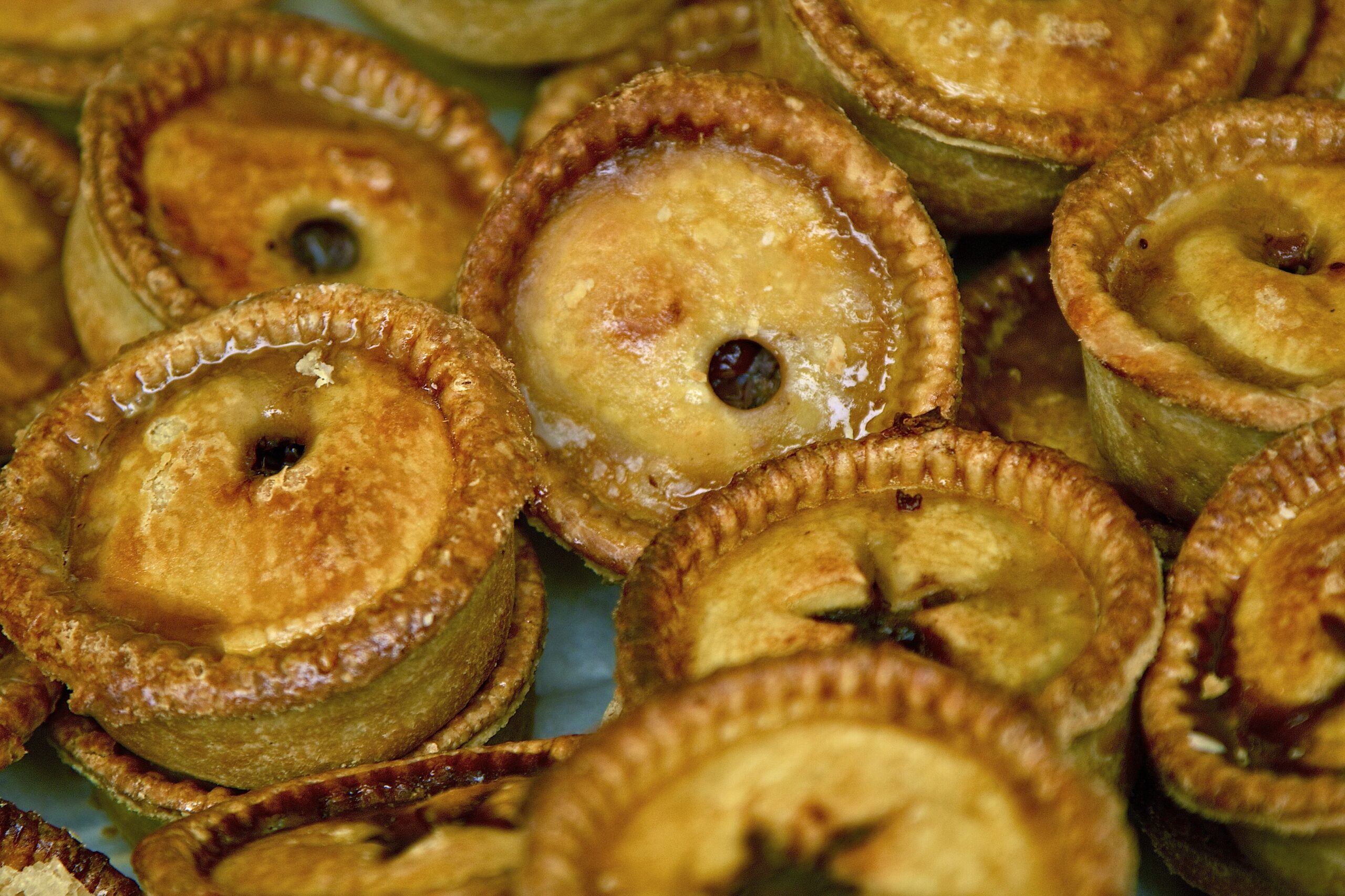
These challenging foods remind us that taste is deeply cultural, and what seems strange to one person is comfort food to another. They represent centuries of tradition, survival, innovation, and cultural pride.
While not every dish will become your new favorite, they all tell stories about the communities that cherish them. Sometimes, the best travel experiences come from gathering your courage and taking that first bizarre bite.
More from Go2Tutors!

- Famous Battles: How Much Do You Really Know About U.S. History?
- Top 5 Most Important Skills, According To Harvard Business School
- How Well Do You Know 90s Pop Culture? Take the Quiz
- Master the Art of Public Speaking with These Expert Tips
- Think You Know Capitals? Put Your Knowledge to the Test
Like Go2Tutors’s content? Follow us on MSN.



